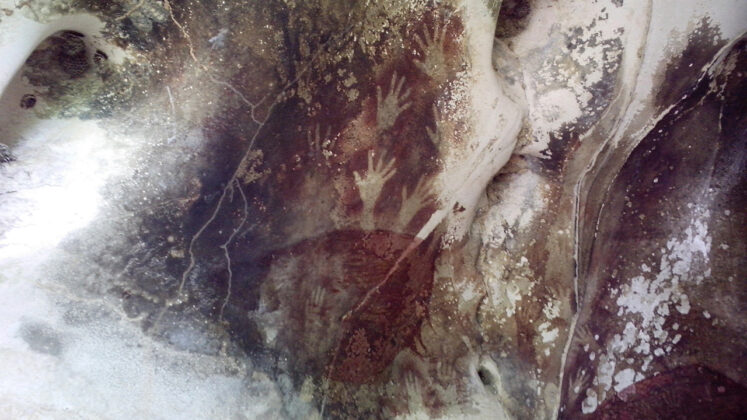Norway’s wealth fund puts Indonesian SOE under observation on risk to prehistoric art
Home Arts & Leisure Norway’s wealth fund puts Indonesian SOE under observation on risk to prehistoric…
Norway’s wealth fund puts Indonesian SOE under observation on risk to prehistoric art
May 31, 2023 12:08 am


THE GEOPARK is known for its spectacular karst towers, seen here from the kalibong aloa cave geosite. Maros Pangkep UNESCO Global Geopark, Indonesia. —KIMUNG – MAROS PANGKEP
JAKARTA — Norway’s wealth fund has placed an Indonesian state-owned enterprise (SOE) cement maker, in which it has a stake, under observation for three years for what it calls “risk of damage” from the firm’s activities to prehistoric cave paintings on Sulawesi island.
A Semen Indonesia subsidiary operates a mine near 18 caves in South Sulawesi which house some of the world’s oldest paintings, said Norges Bank, which manages the world’s biggest sovereign wealth fund Norges Bank Investment Management (NBIM).
“The background for the decision is unacceptable risk of damage on prehistoric and irreplaceable culture heritage,” Norges Bank said on Thursday, citing recommendations by an ethics council.
Vibrations from drilling activities and dust from trucks carrying raw material pose a risk of erosion to the cave art, it said.
Semen Indonesia said in a statement that it had made efforts such as restricting access to entry and minimizing vibration or dust, adding the fund’s decision to place it under observation was to ensure these measures are executed.
“We are fully committed in environmental preservation, including the pre-historical cultural heritage found under our areas,” the company said.
NBIM is Semen Indonesia’s third-largest shareholder, with 1.6% of outstanding shares as of end-2022 worth around $45 million, according to Refinitiv data.
Caves in South Sulawesi are home to paintings that are believed to be about 44,000 years old and the earliest known pictorial record of story-telling. Archaeologists have said some are rapidly decaying due to factors like salt erosion driven by climate change.
Last week week, UNESCO designated the area a “global geopark,” meaning it is a landscape with geological significance that should be developed sustainably.
Semen Tonasa “has no systematic monitoring of rock art sites,” Norges Bank said, adding that “a lack of oversight over the impact of the company’s operations constitutes a significant risk, given the outstanding cultural heritage which the rock art represents.” — Reuters
